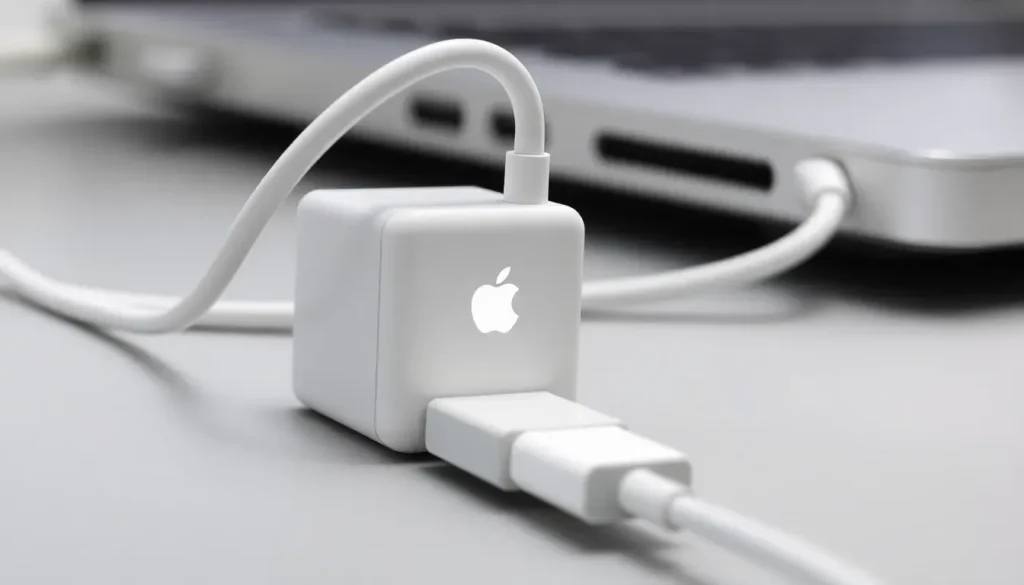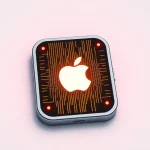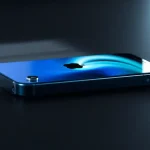Apple Stores update MagSafe chargers to resolve scratch issues

In the world of high-end smartphones, the durability of materials is a crucial aspect that can significantly impact user satisfaction. Recently, Apple has faced a wave of complaints regarding its latest devices, particularly the iPhone 17 Pro and the iPhone Air. Users have reported that these models are susceptible to scratches, raising concerns about the quality of Apple's products. In response to these issues, Apple is reportedly implementing updates to its MagSafe chargers in stores to mitigate the problem. Let’s dive deeper into this situation to understand its implications and background.
- Understanding the scratch issue with iPhone 17 Pro and iPhone Air
- Apple's response to complaints
- The implementation of new MagSafe chargers
- A historical perspective on MagSafe technology
- Customer reactions and future implications
- Video insights into the 'scratchgate' controversy
- Looking ahead: Apple's strategies for improvement
Understanding the scratch issue with iPhone 17 Pro and iPhone Air
The controversy, often referred to as "scratchgate," began shortly after the launch of the iPhone 17 Pro and iPhone Air. Early adopters of these devices reported that their phones were prone to scratches right out of the box. The issue became more widespread as many users began to notice that the display models in Apple Stores were also showing signs of wear and tear.
Specifically, the scratches were linked to the **MagSafe charging stands**, which appear to be transferring material to the devices. Customers expressed their frustration on social media and tech forums, leading to a significant backlash against the company.
In an attempt to address the situation, Apple initially downplayed the severity of the issue. They suggested that the marks observed on the devices were not scratches but rather material transfer from the stands that could be removed easily. However, user feedback indicated a different story.
Apple's response to complaints
As the scrutiny intensified, Apple announced plans to replace worn-out MagSafe chargers, indicating a recognition of the problem. The response, however, seemed somewhat insufficient given the escalating concerns from users. Many felt that more proactive measures were necessary to reassure customers of the quality of their devices.
Reports emerged that Apple was testing updates to the MagSafe chargers used in stores. The modifications reportedly include the addition of a small **silicone ring** around the chargers. This modification is intended to create a buffer between the device and the stand, thereby reducing the likelihood of scratches.
The implementation of new MagSafe chargers
According to various sources, including the French site Consomac, the implementation of these new chargers is still in the testing phases. It is unclear whether this update has been rolled out across all Apple Stores or if it is limited to specific locations.
Despite the uncertainty surrounding the updates, the introduction of the silicone ring is seen as a positive step towards addressing the scratch issue. However, some experts speculate that this may be a temporary solution while Apple works on developing entirely new MagSafe display chargers.
A historical perspective on MagSafe technology
MagSafe technology was reintroduced with the launch of the iPhone 12 in October 2020. The new MagSafe chargers were designed to provide a convenient and efficient way to charge devices wirelessly. Over time, Apple began to incorporate these charging stands into its retail spaces, enhancing the customer experience by allowing users to interact with the devices while they charged.
However, this implementation has gradually faced scrutiny as users began to report scratches. The transition to MagSafe display stands was not instantaneous; it took time for Apple to standardize their use across all stores. As of now, there are approximately 20 Apple Stores in France, where the new updates may have been observed.
Customer reactions and future implications
The reactions from users have been mixed. While some appreciate Apple's efforts to rectify the situation with the new charger designs, others feel that the company should have prioritized product durability from the outset. This situation raises significant questions about how tech companies manage product quality and customer expectations.
- Many users are still concerned about the long-term durability of their devices.
- There is a growing demand for transparency regarding product testing and quality assurance.
- Customer trust, once lost, can be challenging to regain.
As Apple navigates these challenges, the company is likely to implement more rigorous quality control measures in future product releases. The experiences from "scratchgate" could serve as a lesson for Apple and other tech companies on the importance of maintaining high standards for product quality.
Video insights into the 'scratchgate' controversy
For those interested in a more visual perspective, you can check out this video that discusses the 'scratchgate' issue in depth:
Looking ahead: Apple's strategies for improvement
As Apple adapts to ongoing feedback from its user base, the company must consider several strategies to enhance customer satisfaction:
- Continuously improve material quality to prevent potential damage.
- Implement rigorous testing protocols before product launches.
- Maintain open communication with consumers regarding product issues.
With the tech industry evolving rapidly, companies like Apple must prioritize user experience and product durability to maintain their competitive edge.




Leave a Reply